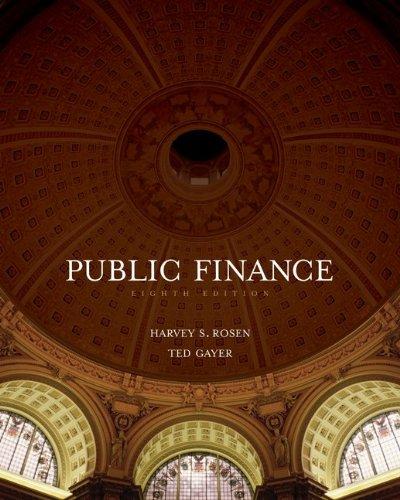In 2002, New York City increased the tax rate on cigarettes from 8 cents a pack to
Question:
In 2002, New York City increased the tax rate on cigarettes from 8 cents a pack to \(\$ 1.50\) a pack. A month after the increase, a spokesman for the mayor noted that "fewer cigarettes are being sold, and the city is making more money" [Cooper, 2002, p. B7]. Assume for simplicity that the supply of cigarettes to New York City is perfectly elastic.
a. Assuming that the spokesman's facts are correct, what must be true of the elasticity of the demand for cigarettes in New York City?
b. Recall that the spokesman's comment was made just one month after the tax increase was enacted. As more time passes, what do you expect to happen to the elasticity of the demand curve, and how will this affect tax revenues for New York City?
Fantastic news! We've Found the answer you've been seeking!
Step by Step Answer:
Related Book For 

Question Posted:





